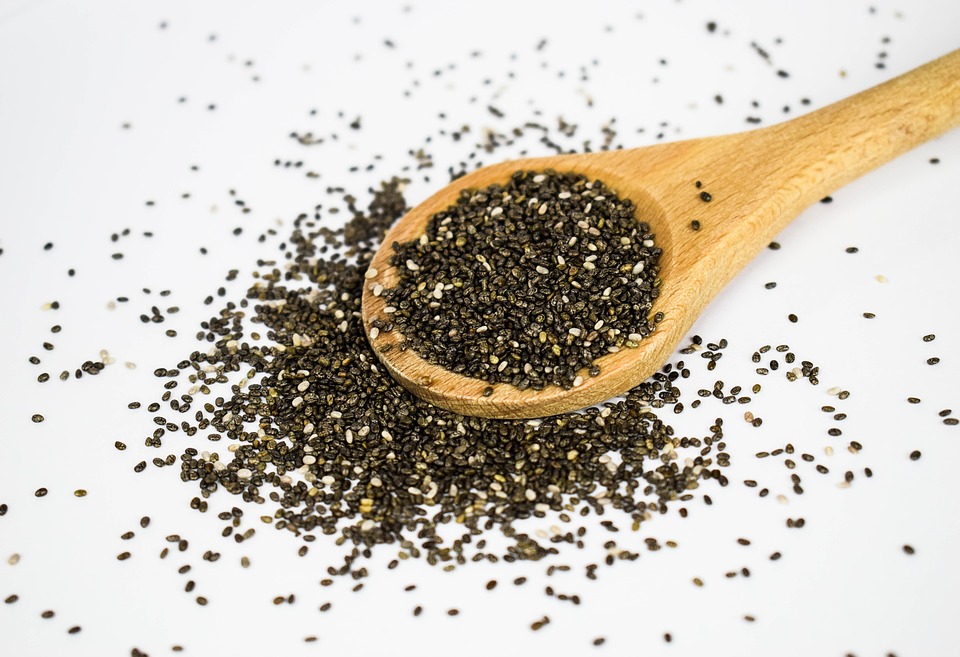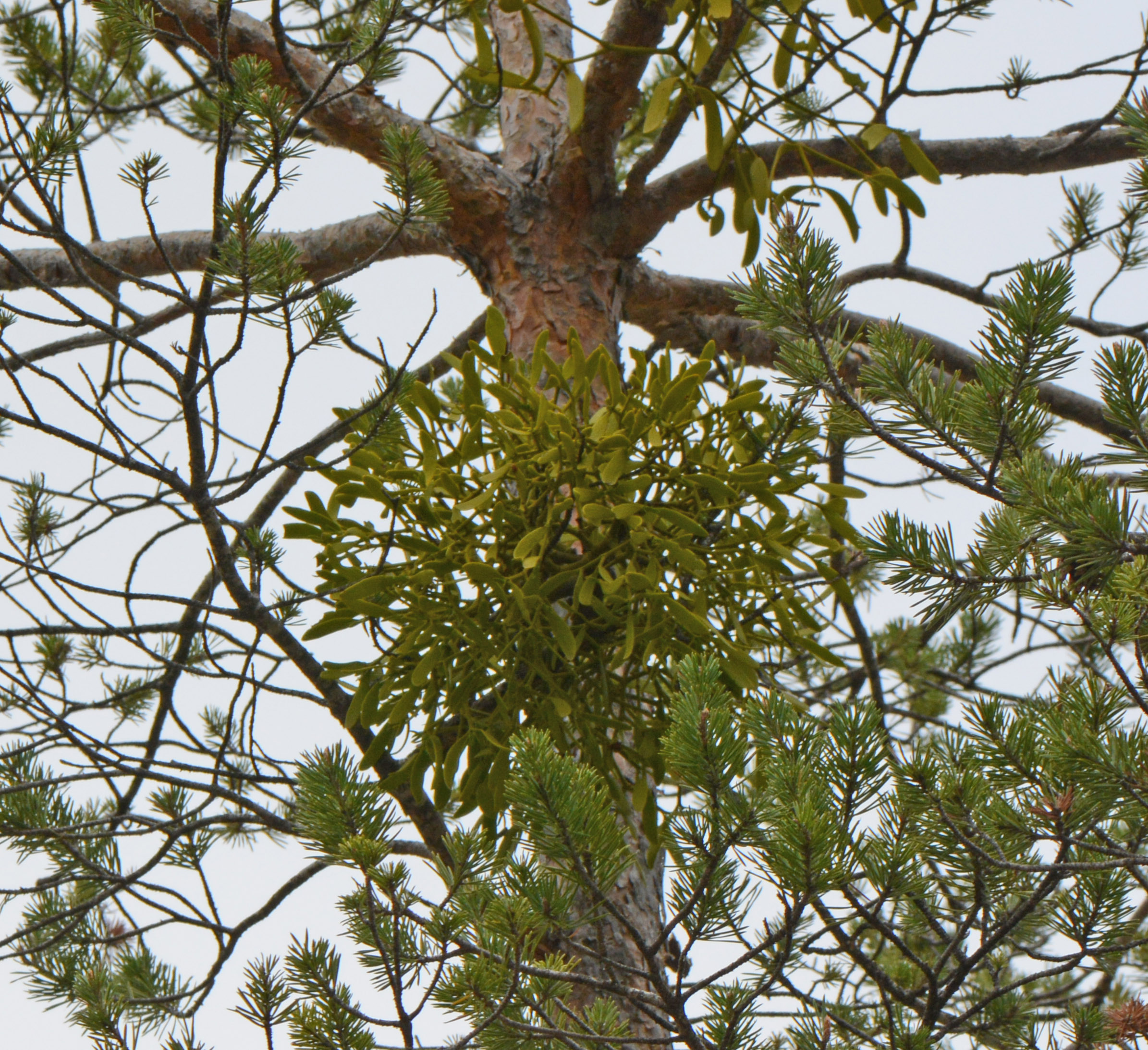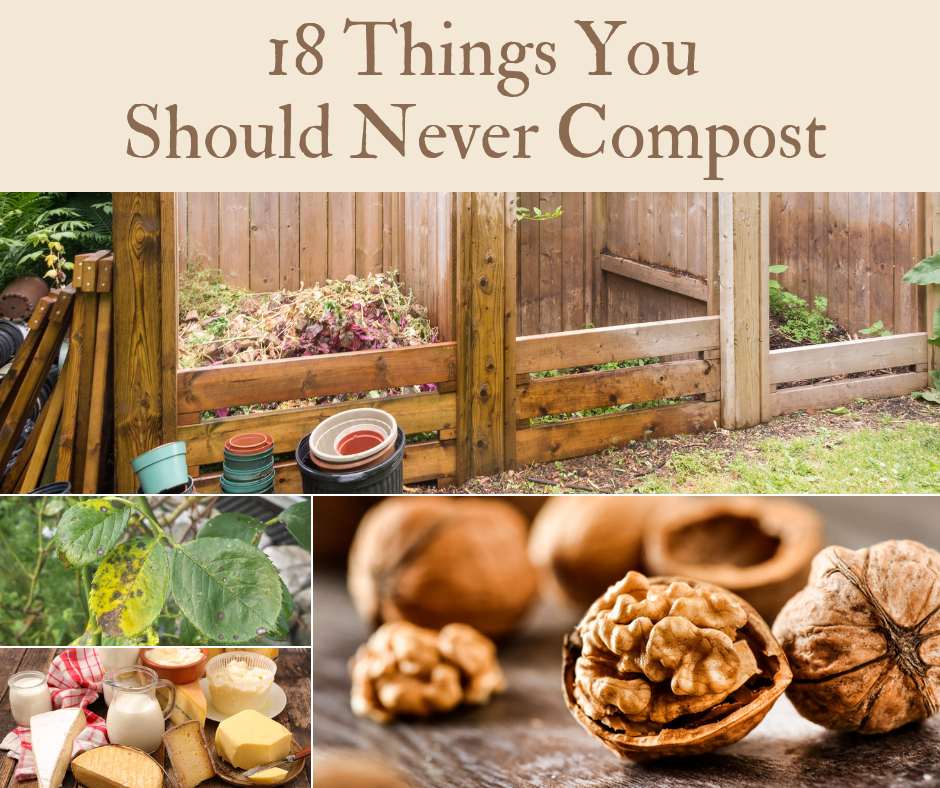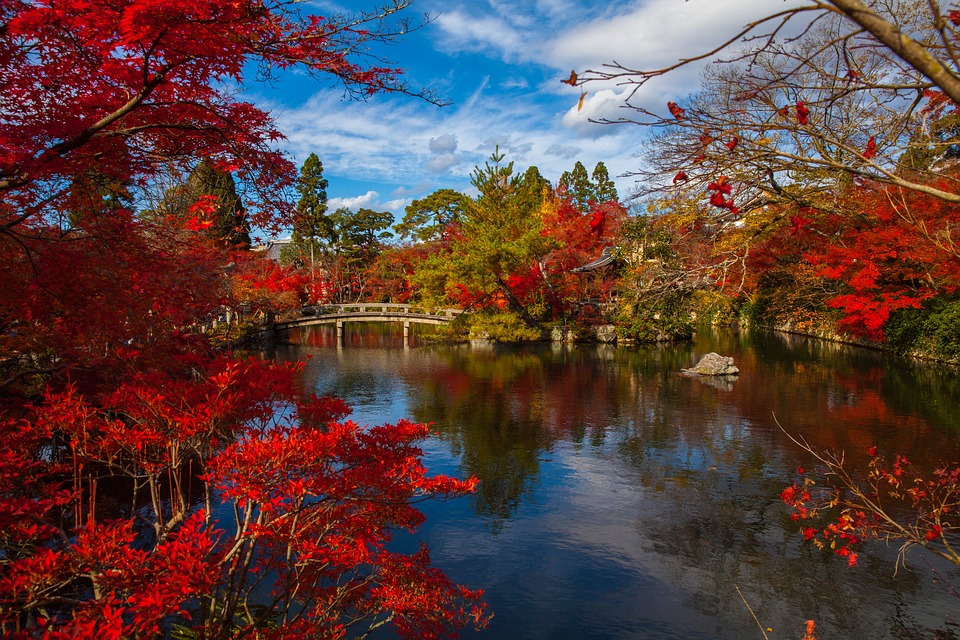The Hispanica sage, also known by the name of Chia is a plant belonging to the family Labiatae, native to Mexico and Central areas of Guatemala. It is a plant whose cultivation is very ancient. It even seems that it was cultivated by the Aztecs, already in pre-Columbian times, to produce flour products or even consumed directly with whole seeds.
Chia has quickly adapted to even the most clayey and alkaline soils, always taking advantage of maximum exposure to the sun’s rays and mild and warm temperatures. It has a summer flowering that lasts from July until the end of September. If grown in a suitable environment, it can easily reach a meter and a half. The flowers are of the hermaphrodite type, with male and female organs.
The seeds are tiny with dark colors and more or less accentuated greyish spots. Harvesting is not complicated and the seeds can be preserved and stored for years, without losing flavor and quality, as well as food, even germination.
How to Grow Chia?
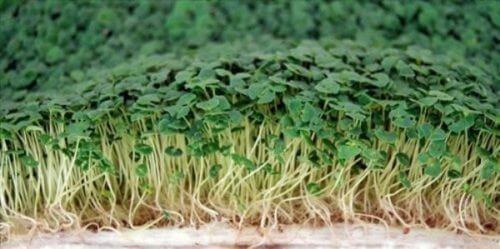
For sowing we proceed as early as the beginning of March, using a warm seedbed, which reproduces the characteristics of a greenhouse, usually used for intensive cultivation. Chia prefers fairly rich soil with good drainage, which can be improved by adding simple clean river sand mixed with peat to the universal base soil.
It does not require heavy watering, apart from the beginning, when you wait for the germination of the seed and the first leaves. Once planted, chia can be watered just two or three times a week, wetting the soil at the foot of the shrub.
Avoid excessive water, which can create problems of mold and rot, in case of prolonged stagnation. If grown in pots, however, chia needs water more frequently, as the substrate is limited and the risk of drying out is greater.
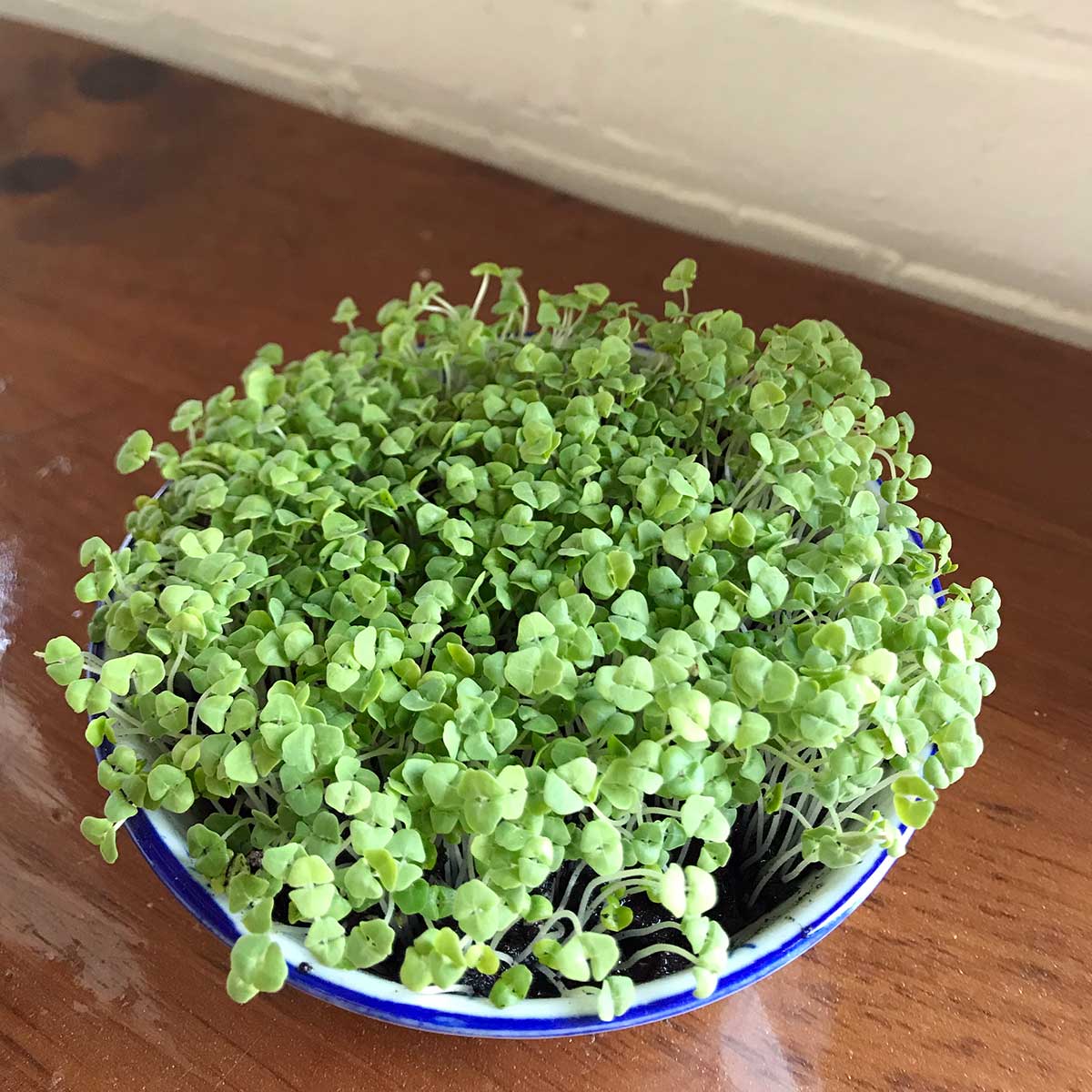
In any case, the optimal position is in a sheltered place, especially where in areas where winters are particularly severe with frequent frosts. The minimum temperature is about 15 degrees°C, therefore with the arrival of autumn, it is preferable to withdraw the plant if in a pot and place it in a bright place with a mild climate.
If instead it is in the open ground, you can proceed with the mulching of dry leaves and compost at the foot of the shrub, in order to preserve everything in any case, avoiding thermal and humidity changes. For shrubs that have already grown abundantly, repotting can be done after two or three years from planting.
You will have to choose a larger and more capacious pot that is able to accommodate the stick of roots and earth without problems, so as to reduce transplant stress. On chia it is also possible to intervene using an insecticide and a specific germicide, in order to limit the presence and spread of fungal diseases which, together with aphids, are quite widespread, especially if the plant is kept in a cooler and more humid climate.
Beneficial Properties of Chia
The ancient Aztecs were well aware of the properties of Chia seeds which together with corn and beans were the basis of the diet of the pre-Columbian civilizations of Central and South America.
Chia is very rich in omega 3 and particularly antioxidant bioflavonoids, without having that unpleasant taste that usually accompanies products rich in these nutrients. It is usually odorless and non-toxic, as well as gluten-free when it is in the form of seeds, therefore, their intake is also possible for those who suffer from celiac disease or intolerance
They are one of the main vegetable sources of calcium, with a content of 177 milligrams per 100-gram serving. Their vitamin C content is much higher than that of oranges; the potassium and iron intake is also excellent, with a fair amount of other minerals such as selenium, zinc and magnesium. Other vitamins contained in Chia seeds are vitamins A, E and B6, niacin, riboflavin and thiamine. They are also rich in antioxidants and amino acids (methionine, cysteine and lysine).
Chia seeds are thought to be able to control the level of sugar and cholesterol in the blood, they are considered a good aid in the prevention of cardiovascular diseases. Also suitable for those who want or need to lose weight, by virtue of the large supply of nutrients linked to them and a general sense of satiety they can give. Chia seeds provide 70 calories for every 15 grams of product, an amount corresponding to about a tablespoon of product.
Are you ready to grow your own Chia seeds? Remember to leave a comment below to let us know how the cultivation is going.
